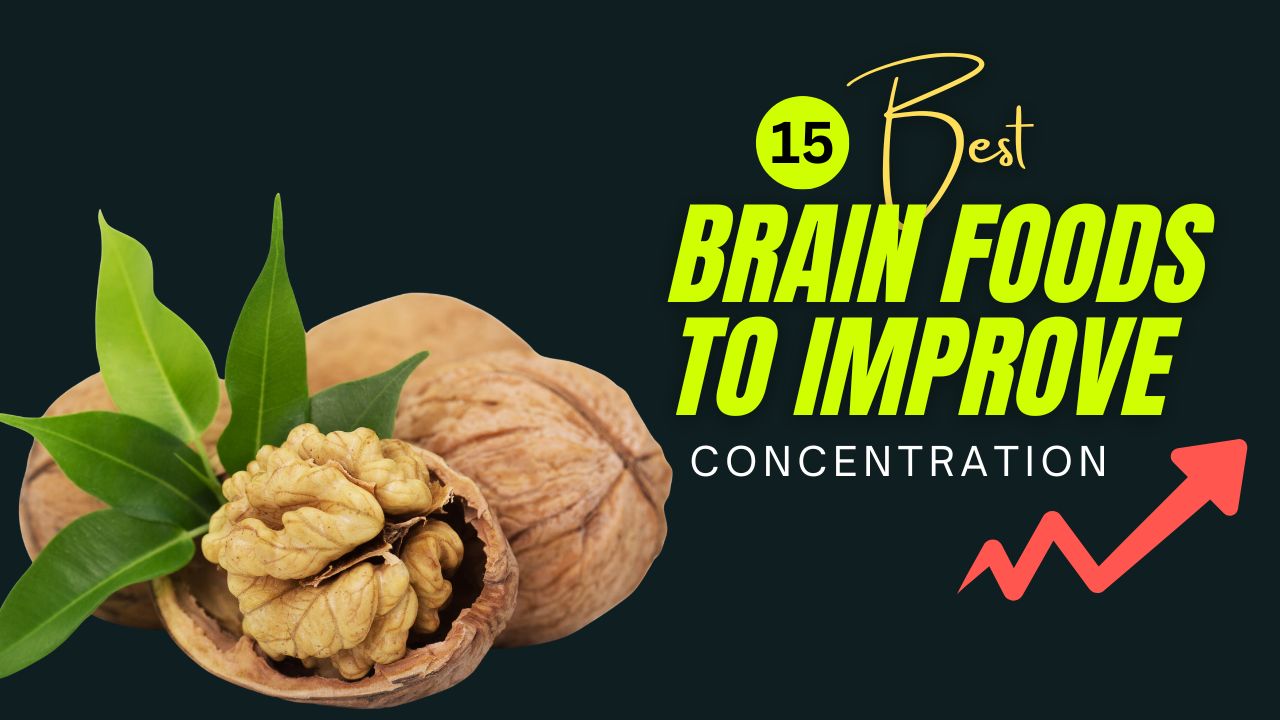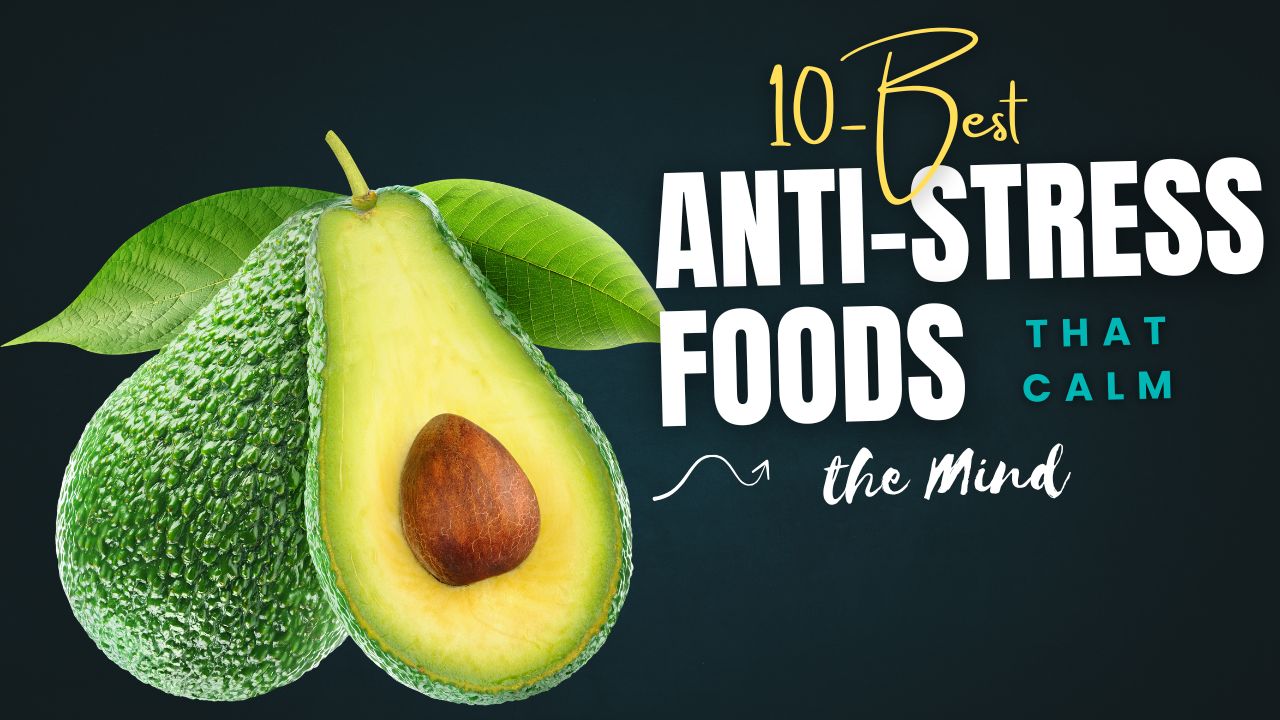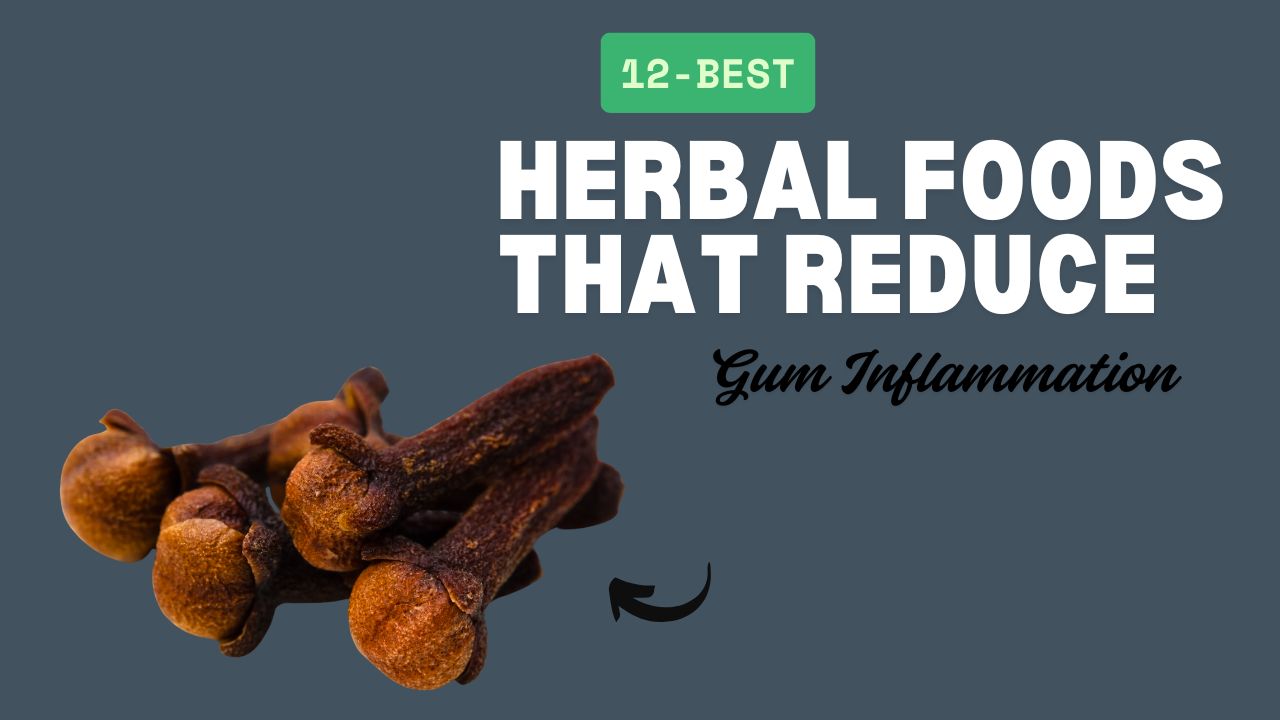Do you know that your chest muscles can significantly affect your posture, upper body strength, and even your breathing?
While many stick to classic push-ups or bodyweight moves, modern fitness equipment offers a variety of dynamic ways to sculpt your chest.
If you’ve ever wondered which machines or gear deliver the best bang for your workout, you’re in the right place.
Let’s bust a common myth first: “Machines are only for beginners.” That’s not true! Even elite athletes use equipment to isolate muscles, ensure form, and push their limits safely.
In this comprehensive guide, we’ll dive into 12 powerhouse equipment-based chest exercises that will help you build mass, definition, and strength — all while minimizing injury risks.
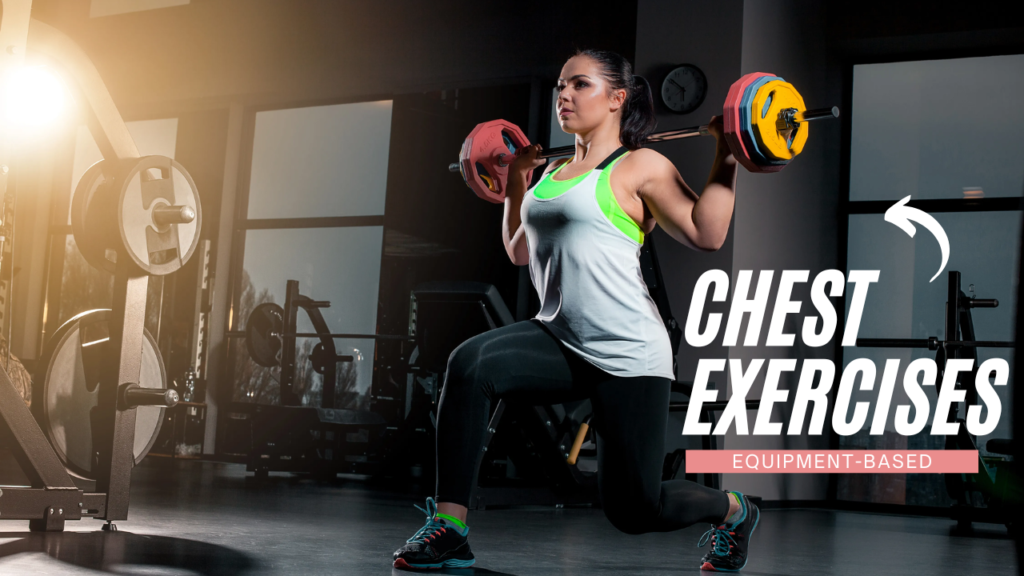
Table of Contents
What Happens After 30 Days of Equipment-Based Chest Exercises
| Positive Outcomes | Potential Challenges |
|---|---|
| Noticeable increase in chest muscle tone and firmness. | Mild muscle soreness, especially after new exercises. |
| Improved mind-muscle connection for better chest activation. | Risk of plateau if routine and weights aren’t varied. |
| Increased strength and endurance during chest exercises. | Overtraining symptoms if recovery isn’t adequate. |
| Enhanced posture due to stronger chest and shoulder muscles. | Possible joint strain if form isn’t correct or weights are too heavy. |
| Boosted confidence from physical improvements and discipline. | Frustration if results don’t match expectations without proper diet. |
| More energy and motivation to continue training. | Neglect of other muscle groups if only focusing on chest. |
Dos and Don’ts for Equipment-Based Chest Exercises
| Dos | Don’ts |
|---|---|
| Warm up properly before starting your workout to prepare muscles and joints. | Don’t skip warm-ups; cold muscles are prone to injury. |
| Adjust machines to fit your body mechanics before each set. | Don’t use improper form or copy others’ settings blindly. |
| Control your movements during lifts and returns for maximum tension. | Don’t rely on momentum; fast, jerky motions reduce effectiveness. |
| Focus on mind-muscle connection for better activation of chest fibers. | Don’t let your shoulders dominate; keep focus on chest. |
| Use progressive overload by increasing weights or reps over time. | Don’t lift excessively heavy weights that compromise form. |
| Breathe steadily throughout each movement (exhale during push, inhale during return). | Don’t hold your breath, which can spike blood pressure. |
| Incorporate variety by switching angles and machines for balanced growth. | Don’t stick to the same routine for weeks; muscles adapt quickly. |
| Listen to your body and rest if you feel discomfort or pain. | Don’t push through sharp pain, especially around the shoulders or chest. |
| Stay consistent with a structured training plan. | Don’t expect overnight results; muscle growth takes time and discipline. |
1. Machine Chest Press

What it targets: Entire chest (pectoralis major), front shoulders, and triceps.
How to:
- Sit on the chest press machine with feet flat and back firmly against the pad.
- Grip the handles at chest level, keeping elbows bent at about 90 degrees.
- Press forward until arms are fully extended but not locked out.
- Slowly return to the starting position, resisting the weight.
Did you know? Many believe free weights are superior, but machine chest presses ensure constant resistance throughout the movement, which can increase time under tension.
2. Pec Deck Machine (Chest Fly)

What it targets: Inner chest (pectoral minor) and front shoulders.
How to:
- Adjust the seat so that handles align with the mid-chest.
- Sit upright and grasp the handles.
- Bring the handles together in a wide arc, squeezing the chest at the peak.
- Slowly release back to the start.
Interesting Fact: The pec deck allows for a greater chest squeeze than dumbbells, thanks to the guided motion.
3. Cable Crossover

What it targets: Upper, middle, and lower chest.
How to:
- Set pulleys to shoulder or high position.
- Grab handles and step forward, arms extended but slightly bent.
- Bring hands together in a hugging motion, squeezing the chest.
- Slowly return with control.
Myth-buster: Many think cable crossovers are only for shaping, but they’re excellent for building strength and stabilizing muscles too.
4. Incline Machine Chest Press

What it targets: Upper chest (clavicular head of the pectoralis major).
How to:
- Sit on the incline press machine with the back firmly supported.
- Grip handles at chest level.
- Push upward and forward until arms are extended.
- Lower slowly back down.
Fun Fact: The incline angle helps correct muscle imbalances, especially if your lower chest is more developed.
5. Hammer Strength Chest Press

What it targets: Mid to lower chest, with increased stability.
How to:
- Sit on the machine, feet flat, back straight.
- Grasp handles and press forward explosively.
- Control the return phase, resisting the weight.
Did you know? The Hammer Strength machine mimics the natural arc of a bench press while offering superior joint support.
6. Smith Machine Bench Press

What it targets: Entire chest with stabilizing benefits.
How to:
- Set up on a flat bench under the Smith bar.
- Unrack the bar and lower it to your mid-chest.
- Press upward until elbows are extended but not locked.
- Lower back under control.
Interesting: The Smith Machine helps reduce injury risks by providing a fixed path, perfect for lifters working on form.
7. Seated Chest Press (Cable or Plate-Loaded)

What it targets: Middle chest and triceps.
How to:
- Sit on the machine with elbows at shoulder level.
- Press forward, extending arms while keeping the back engaged.
- Return slowly to maintain tension.
Quick Tip: Adjust the seat and handles for optimal range of motion and joint alignment.
8. Assisted Dips Machine

What it targets: Lower chest, triceps, and shoulders.
How to:
- Kneel or stand on the assisted platform.
- Grasp parallel bars and lower your body by bending your elbows.
- Push back up to the starting position.
Did you know? Assisted dips not only build chest strength but also improve shoulder stability.
9. Decline Chest Press Machine

What it targets: Lower chest and front shoulders.
How to:
- Adjust the machine to a decline angle.
- Grasp handles and push upward and outward.
- Lower with control.
Interesting: Decline pressing can activate more pectoralis fibers, helping to round out your chest.
10. Cable Incline Fly

What it targets: Upper chest and inner pectorals.
How to:
- Set cables to a low position.
- Grasp handles and step forward.
- Bring hands upward and inward in a hugging motion.
- Lower back with control.
Myth-buster: Many assume incline flies can’t build mass. But with cables, you can maintain tension throughout, maximizing hypertrophy.
11. Chest Press Machine (Single Arm)

What it targets: Isolates one side of the chest, improving muscle balance.
How to:
- Set up the machine as usual.
- Use one arm to press the handle while stabilizing your body.
- Slowly return to start.
Did you know? Training one side at a time can reveal strength imbalances, allowing you to correct them.
12. Cable Low to High Crossover
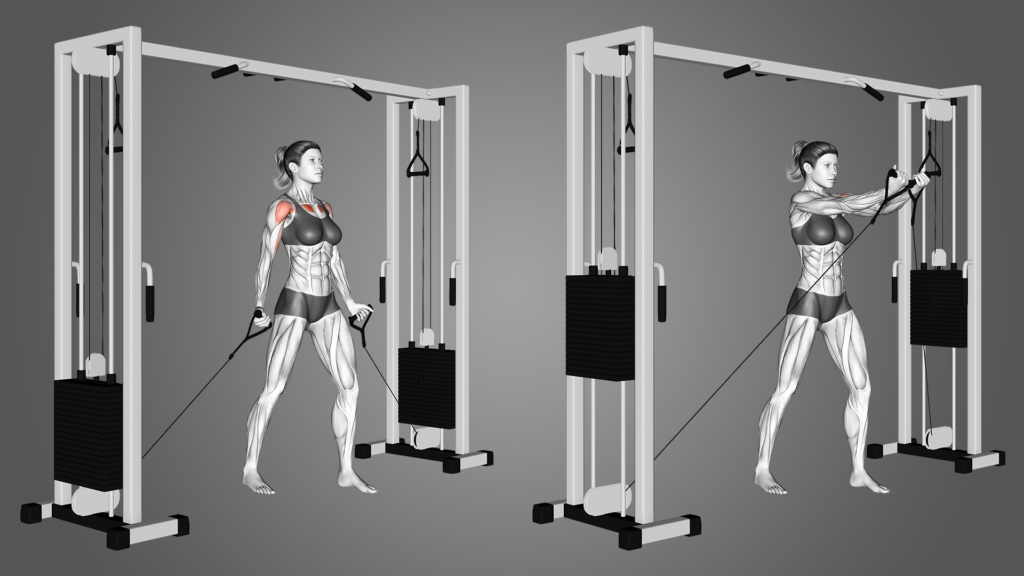
What it targets: Upper chest and front shoulders.
How to:
- Set cables to a low position.
- Grab handles and step forward.
- Bring hands upward and together, crossing at the top.
- Return with control.
Quick Tip: This exercise mimics an incline press, giving a great upper chest pump.
Final Thoughts
Adding these 12 equipment-based chest exercises to your routine not only helps you build size and definition but also improves form, strength, and muscle balance. Whether you’re a beginner or a seasoned lifter, these machine and cable moves offer safe, controlled, and effective options to sculpt your upper body.
If you would like to do a bodyweight chest exercise you can do it as well.
So, the next time you’re at the gym, don’t underestimate the power of equipment!
Frequently Asked Questions (FAQs)
Can equipment-based chest exercises replace free weights?
Absolutely! While free weights challenge stabilizing muscles more, equipment-based exercises offer a controlled path of motion, reducing the risk of injury and allowing for precise targeting of chest muscles. Many athletes incorporate both methods for a well-rounded routine.
Are machine exercises only for beginners?
Not at all. It’s a common myth that machines are just for beginners. Even advanced lifters use machines to isolate specific muscles, push through plateaus, or maintain strict form under heavier loads.
How often should I do chest workouts with equipment?
For balanced growth, aim for 2–3 times per week, giving at least 48 hours of rest between sessions. Always listen to your body and adjust based on recovery and performance.
Which equipment-based chest exercise is best for upper chest?
Exercises like the Incline Machine Chest Press, Cable Incline Fly, and Cable Low to High Crossover are fantastic for targeting the upper chest, which is often underdeveloped in many lifters.
Can I build muscle mass with machines alone?
Yes, you can! Machines provide constant resistance, ideal for hypertrophy (muscle growth). Just be sure to progressively overload (increase weights or reps) and combine your efforts with proper nutrition and rest.
How do I know if I’m using the equipment correctly?
Start with light weights to practice form. Adjust seats, grips, and foot placements to align with your body mechanics. If unsure, consult a trainer or use equipment diagrams and guidelines posted at the gym.
Can cable exercises replace dumbbell flys?
Definitely. Cable crossovers and flies offer a similar movement pattern but with continuous tension, which many lifters find more effective for muscle activation and mind-muscle connection.
Why do I feel my shoulders more than my chest during machine presses?
This may indicate improper form or alignment. Ensure you’re retracting your shoulder blades, keeping elbows slightly below shoulder level, and focusing on the chest contraction. Lower the weight if needed.
Is it safe to train my chest if I have a shoulder injury?
Always consult a medical professional first. Machines can offer safer alternatives by providing a controlled range of motion, but it’s crucial to prioritize rehabilitation and avoid exercises that cause discomfort.
How long does it take to see results from equipment-based chest training?
With consistent training, proper nutrition, and rest, you might notice increased strength and slight muscular definition in 4–6 weeks. For more significant muscle growth, allow for 12–16 weeks of progressive overload.


